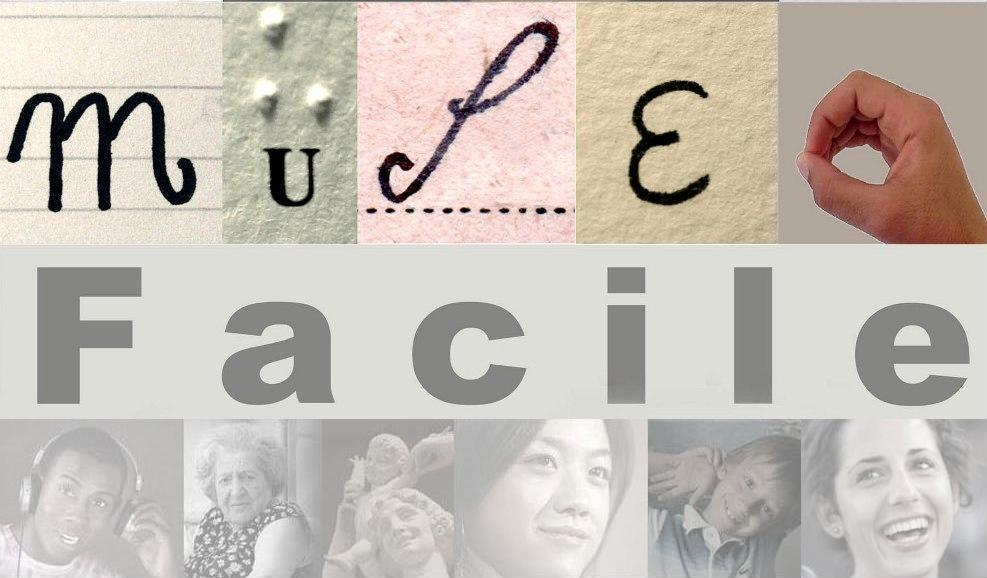His education and artistic activity
Giuseppe Albano (Putignano, 4th April 1899–23rd November 1967). Gifted in drawing, from an early age he learns the ropes of stonemasonry by his father, a builder. He takes part in the First World War. In 1926 he graduates in Sculpture at the Accademia delle Belle Arti (Academy of Fine Arts) in Florence. Here he associates with the intellectual Ugo Ojetti (Rome,1871- Fiesole,1946), he studies Italian Renaissance art thoroughly and is influenced by his colleagues and masters: he inherits his interest for portrait painting and for the world of poor people by Felice Carena (Cumiana,1879-Venezia,1966), the institute’s headmaster; he also receives the stylistic influence of the sculptor Domenico Trentacoste (Palermo,1859-Florence,1933). From the 1940s to the 1950s Albano teaches at the Istituto d’arte in Bari, at the Accademia delle Belle Arti in Florence and at the Bari university.
He works between Florence and his native Putignano. There is proof of his works in the graveyards of Bari and Chiusi, in the cathedrals of Matera, Foggia and in the ‘Trullo del Signore’ church of Fasano, where he also designs the local Banca Rurale. Both the two sculptures for the entrance of the Palazzo degli Uffici Finanziari and the bas-reliefs for the Banca d’Italia in Bari are important public commissions. During the last years he goes back to the theme of religion in his works, as testified by a Crucified Christ in chalk, his last unfinished work.
